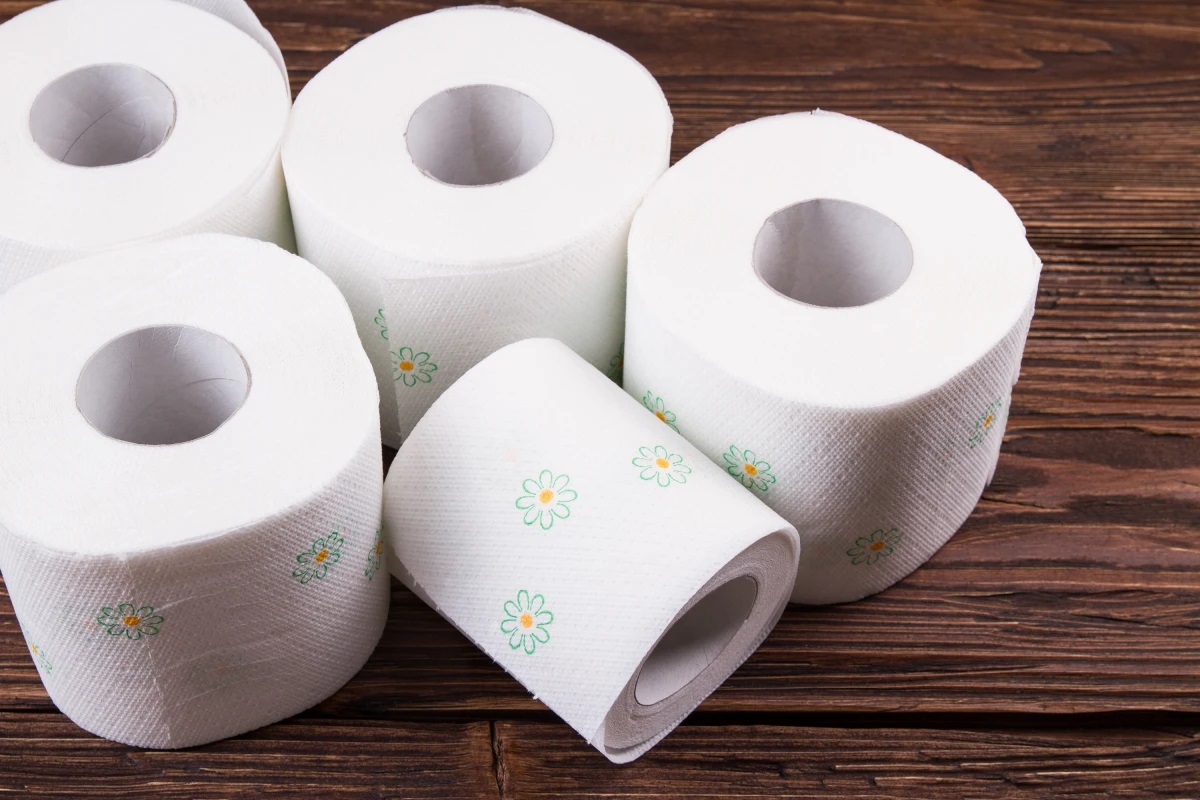

Articles
How Is Toilet Paper Made
Modified: August 28, 2024
Discover the fascinating process of how toilet paper is made in this informative article. Learn about the materials used and the steps involved in manufacturing this essential product.
(Many of the links in this article redirect to a specific reviewed product. Your purchase of these products through affiliate links helps to generate commission for Storables.com, at no extra cost. Learn more)
Introduction
Toilet paper has become an irreplaceable staple in households and public restrooms around the world. It is a product that many of us take for granted, never really giving much thought to its production process or the materials used to create it. However, the process of making toilet paper is actually quite fascinating and involves several steps from sourcing raw materials to the final packaging.
In this article, we will take a closer look at how toilet paper is made, the history behind it, the raw materials used, the manufacturing process, and even explore the environmental concerns associated with its production.
So, let’s delve into the world of toilet paper manufacturing and discover the intricacies behind this everyday necessity.
Key Takeaways:
- The production of toilet paper involves a fascinating journey from ancient civilizations to modern manufacturing techniques, utilizing a combination of virgin fiber and recycled paper to balance resource conservation and product availability.
- Consumers can make a positive impact on the environment by opting for recycled or bamboo toilet paper, choosing eco-friendly packaging, and supporting sustainable manufacturing practices, contributing to a greener and healthier planet.
Read more: How To Fold Toilet Paper
History of Toilet Paper
The history of toilet paper can be traced back to ancient times, where various civilizations found innovative ways to clean themselves after using the restroom. In ancient Rome, for example, people used a sponge attached to a stick that would be soaked in water and then reused. In China, the first recorded use of toilet paper dates back to the 6th century during the Tang Dynasty, where the Emperor’s court had specially made 2-foot by 3-foot sheets of paper for this purpose.
However, it wasn’t until the 19th century that toilet paper as we know it today began to be produced on a larger scale. In 1857, Joseph Gayetty, an American inventor, introduced the first commercially available toilet paper. His product, known as “Gayetty’s Medicated Paper,” was made from hemp and was medicated with aloe to provide a soothing effect. It was sold in flat sheets and was considered a luxury item.
Fast forward to the late 1800s, and the production of toilet paper saw significant advancements. In 1890, the Scott Paper Company introduced rolled and perforated toilet paper on a continuous roll, resembling the familiar format we use today. This innovation made it more convenient and cost-effective for consumers.
Over the years, toilet paper became more readily available and more affordable. During World War II, the production of toilet paper faced temporary setbacks due to paper shortages and the redirection of resources to the war effort. However, after the war, toilet paper production resumed and continued to grow as modern manufacturing techniques were developed.
Today, toilet paper is an essential part of everyday life for billions of people worldwide. It has evolved into different varieties, including two-ply, three-ply, scented, and even recycled options. The demand for toilet paper continues to rise, and manufacturers are constantly striving to improve their products for maximum comfort and environmental sustainability.
Raw Materials Used in Toilet Paper Production
Toilet paper is primarily made from a combination of pulp from trees and recycled paper. Let’s take a closer look at the raw materials used in the production process:
- Virgin Fiber: Virgin fiber is obtained from freshly cut trees, predominantly softwood trees like pine and spruce. These trees are harvested from sustainably managed forests, ensuring a renewable and environmentally friendly source of raw material. The wood is chipped, sorted, and processed into pulp, which forms the main component of toilet paper.
- Recycled Paper: Sustainable toilet paper manufacturers often use recycled paper as a significant portion of their raw material. Recycled paper can come from various sources, including office waste, newspapers, and cardboard. This reduces the demand for virgin fiber and minimizes the impact on natural resources.
- Water and Chemicals: The process of turning wood fiber or recycled paper into pulp requires the use of water and certain chemicals. Water is used to separate the fibers and create a pulp mixture. Additionally, chemicals like bleach and hydrogen peroxide may be used to whiten the pulp and remove impurities, ensuring the final product is clean and hygienic.
It’s important to note that sustainable toilet paper manufacturers aim to minimize their environmental impact by using a higher proportion of recycled paper and reducing the amount of water and chemicals used in the process. Furthermore, some companies are exploring alternative fibers, such as bamboo or wheat straw, as more eco-friendly options for toilet paper production.
Once the pulp is prepared, it is ready to undergo the papermaking process.
Pulping Process
The pulping process is a crucial step in toilet paper production as it involves breaking down the raw materials into a fibrous pulp that can be used to create the paper. There are two main methods of pulping: chemical pulping and mechanical pulping.
Chemical Pulping: Chemical pulping is the most common method used in toilet paper production. In this process, the raw materials, such as wood chips or recycled paper, are mixed with chemicals and water in large tanks called digesters. The mixture is heated to high temperatures, causing the wood fibers to separate from the other components. After the fibers have been cooked and softened, they are washed and bleached to remove impurities and achieve the desired brightness and cleanliness. The resulting pulp is then ready for the next stage of the papermaking process.
Mechanical Pulping: Mechanical pulping involves the physical grinding and refining of the raw materials. The wood chips or recycled paper are mechanically processed, using equipment such as grinders, refiners, and screens, to break them down into fine fibers. This process is less energy-intensive compared to chemical pulping but often results in a lower-quality pulp with shorter fibers. Mechanical pulp is sometimes used in combination with chemical pulping to achieve a balance between cost and quality.
Both chemical and mechanical pulping methods have their advantages and disadvantages. Chemical pulping produces a higher-quality pulp with longer fibers, making it better suited for toilet paper. However, it requires more energy and chemicals. On the other hand, mechanical pulping is more energy-efficient but results in a shorter fiber length, which may affect the strength and softness of the final product.
After the pulping process, the pulp is ready to be transformed into toilet paper through the papermaking process.
Papermaking Process
The papermaking process is where the pulped fibers are transformed into sheets of toilet paper. This process involves several steps to ensure the proper formation, thickness, and texture of the paper.
1. Forming the Sheet: The first step in the papermaking process is forming the sheet. The pulp is diluted with water to create a slurry and is then poured onto a wire mesh screen called a Fourdrinier wire. As the water drains through the mesh, the fibers start to bond together, forming a wet sheet of paper. This sheet is then transferred to a series of felt rollers, which help to squeeze out more water and create a stronger paper structure.
2. Pressing: After the sheet is formed, it goes through a pressing stage. The wet sheet passes through a series of large rollers, which press the sheet between them to remove even more water. This helps to improve the paper’s smoothness and reduce its moisture content.
3. Drying: Once the pressing is complete, the partially dried paper is passed through a series of heated rollers or drying cylinders. These cylinders apply heat and pressure to evaporate the remaining water from the paper. This process ensures that the paper is thoroughly dried and ready for the next stages of production.
4. Calendering: To enhance the smoothness and uniformity of the paper, it goes through a process called calendering. The dried paper is passed through a set of calendering rollers, which apply pressure and heat to the paper, further reducing its thickness and improving its surface characteristics. This step helps to achieve the softness and texture desired in toilet paper.
5. Reeling and Cutting: Once the paper has been calendered, it is reeled onto large rolls known as parent rolls. The parent rolls are then taken to a cutting machine, where they are cut into smaller rolls of toilet paper to be packaged and distributed.
Throughout the papermaking process, quality control measures are implemented to ensure that the final product meets the desired standards in terms of strength, softness, and thickness. Once the toilet paper rolls are cut and packaged, they are ready to be distributed to stores and consumers around the world.
Toilet paper is made from wood pulp, water, and other additives. The pulp is mixed with water, pressed, dried, and then rolled into large rolls for cutting and packaging.
Read more: What Is The Best Toilet Paper
Embossing and Perforating
Embossing and perforating are additional steps in the production of toilet paper that add texture and functionality to the final product.
Embossing: Embossing is the process of creating raised patterns or designs on the surface of the toilet paper. This is typically done through the use of embossing rolls with engraved patterns. The rolls press against the paper during the manufacturing process, creating a three-dimensional design that enhances the appearance and softness of the toilet paper. The embossing not only adds visual appeal but also helps to increase the surface area of the paper, providing better absorption and comfort during use.
Perforating: Perforating involves creating small, evenly spaced holes along the length of the toilet paper. These holes allow for easy tearing and separation of individual sheets. Perforating is usually done after the embossing process. Special blades or pins are used to cut the paper at regular intervals, ensuring that the toilet paper can be easily torn off from the roll when needed.
The embossing and perforating processes are essential for the functionality and convenience of toilet paper. The raised patterns created through embossing help to enhance the softness and absorbency of the paper, while the perforations allow for easy tearing and individual sheet dispensing. These processes are carefully controlled to ensure that the embossed patterns and perforations are consistent across the entire roll of toilet paper.
Embossing and perforating not only provide functional benefits but also contribute to the visual appeal and branding of different toilet paper products. Manufacturers can incorporate various designs, logos, or patterns onto the surface of the toilet paper, making each brand unique and recognizable to consumers.
Once embossed and perforated, the toilet paper goes through final inspections and quality control measures to ensure that it meets the desired standards. It is then ready to be cut, packaged, and distributed for use in households, businesses, and public facilities.
Cutting and Packaging
After the embossing and perforating processes, the toilet paper is ready to be cut into individual rolls and packaged for distribution. Let’s take a closer look at the cutting and packaging stages:
Cutting: The parent rolls, which are large rolls of toilet paper, are taken to a cutting machine. The rolls are unwound, and the machine slices them into smaller rolls of the desired length. The cutting process is precise, ensuring that each roll has the same number of sheets and maintains consistency in size and thickness.
Roll Packaging: Once the rolls are cut, they are typically packaged in plastic wrap or a paper sleeve. The packaging helps to protect the toilet paper from moisture, dust, and other contaminants. It also provides a convenient and hygienic way for consumers to store and handle the rolls. In some cases, multiple rolls are packaged together as a bundle or multipack, offering cost savings and convenience for larger households or businesses.
Box Packaging: For commercial or bulk orders, the individually packaged rolls are often further packed into cardboard boxes. These boxes are labeled with the necessary information, such as the brand name, product details, and barcode. The box packaging ensures safe transportation and storage of the toilet paper, particularly for distribution to retailers or institutions.
Manufacturers may also incorporate various marketing elements into the packaging, such as branding, product benefits, or eco-friendly messaging. Some companies may choose to use sustainable packaging materials or opt for minimalistic designs to reduce environmental impact.
Once the cutting and packaging processes are complete, the packaged toilet paper rolls are subject to quality control checks to ensure that they meet the desired standards in terms of thickness, softness, strength, and overall quality. The rolls are then ready to be distributed to retailers, supermarkets, hotels, restaurants, and other establishments for consumer purchase.
The cutting and packaging stages are essential in maintaining product integrity and ensuring that the toilet paper is delivered to consumers in a convenient and hygienic manner. With proper cutting and packaging, the rolls are protected, easy to handle, and ready to be used whenever the need arises.
Environmental Concerns and Sustainable Alternatives
The production and disposal of toilet paper have raised environmental concerns due to the significant use of natural resources, such as trees, water, and energy, as well as the impact on ecosystems and climate change. However, there are sustainable alternatives and practices that can help mitigate these concerns.
Recycled Toilet Paper: One of the most effective ways to reduce the environmental impact of toilet paper is by choosing recycled options. Recycled toilet paper is made from post-consumer waste paper, such as newspapers, magazines, and office paper. By utilizing recycled fibers, this type of toilet paper helps reduce the demand for freshly cut trees and saves energy and water in the pulping process. It is important to look for toilet paper with high percentages of post-consumer recycled content to ensure a more eco-friendly choice.
Bamboo Toilet Paper: Bamboo toilet paper is another sustainable alternative gaining popularity. Bamboo is a rapidly renewable resource that regenerates quickly and does not require the same amount of water and pesticides as trees. It grows abundantly, making it a more sustainable option for toilet paper production. Additionally, bamboo has natural antibacterial properties, making it ideal for personal hygiene products.
Eco-Friendly Packaging: Consideration of packaging materials is crucial for reducing waste. Look for toilet paper brands that use minimal or recyclable packaging. Some companies also offer plastic-free packaging made from alternative materials like compostable or biodegradable film. By choosing products with eco-friendly packaging, you can minimize the environmental impact at the end of their lifespan.
Sustainable Manufacturing Practices: Toilet paper manufacturers can implement various sustainable manufacturing practices to reduce their ecological footprint. This includes sourcing materials from responsibly managed forests, optimizing water and energy usage during the pulping and papermaking processes, and employing efficient waste management systems. Some brands also participate in recycling initiatives and support reforestation programs to contribute to a circular economy and help offset the environmental impact.
Tissue Alternatives: There are alternative options to traditional toilet paper that can further reduce environmental impact. Bidets or bidet attachments, for example, use water to clean instead of paper. They are more prevalent in certain regions, such as Europe and Asia, and offer an eco-friendly solution that minimizes the consumption of toilet paper altogether.
It is important for consumers to be aware of the environmental implications of their choices and support sustainable practices in the toilet paper industry. By opting for recycled or bamboo toilet paper, minimizing packaging waste, and supporting brands that prioritize sustainability, we can collectively reduce the impact on our environment and work towards a more sustainable future.
Conclusion
Toilet paper, a seemingly mundane and everyday product, has a fascinating journey from raw materials to the final rolls we use. Understanding the process of toilet paper production provides insights into the history, materials used, and the environmental concerns surrounding its manufacturing.
From its humble beginnings in ancient civilizations to the introduction of commercially available toilet paper in the 19th century, the demand for this essential product has only grown. Today, toilet paper is manufactured using a combination of virgin fiber from sustainably managed forests and recycled paper, allowing for a balance between resource conservation and product availability.
The pulping process, whether through chemical or mechanical means, breaks down the raw materials into a fibrous pulp ready for the papermaking process. The papermaking process involves forming the sheet, pressing, drying, calendering, and finally, embossing and perforating to enhance the softness, absorbency, and convenience of the toilet paper.
The cutting and packaging stages ensure that the toilet paper is properly sized, protected, and ready for distribution. However, it is crucial to address the environmental concerns associated with this product. Opting for recycled or bamboo toilet paper, choosing eco-friendly packaging, and supporting sustainable manufacturing practices are all steps we can take to reduce the ecological impact of toilet paper production.
By being mindful consumers, we can make a positive impact on the environment and contribute to a more sustainable future. Whether it’s through selecting toilet paper made from recycled fibers, exploring alternative options like bamboo, or considering the eco-friendliness of the packaging, our choices matter.
Toilet paper has become an integral part of our daily lives, and as we continue to evolve and adapt to more sustainable practices, we can ensure that this essential product is produced in an environmentally responsible manner. Let’s strive for a balance between comfort and conscience, making choices that align with our values and contribute to a greener and healthier planet.
Frequently Asked Questions about How Is Toilet Paper Made
Was this page helpful?
At Storables.com, we guarantee accurate and reliable information. Our content, validated by Expert Board Contributors, is crafted following stringent Editorial Policies. We're committed to providing you with well-researched, expert-backed insights for all your informational needs.
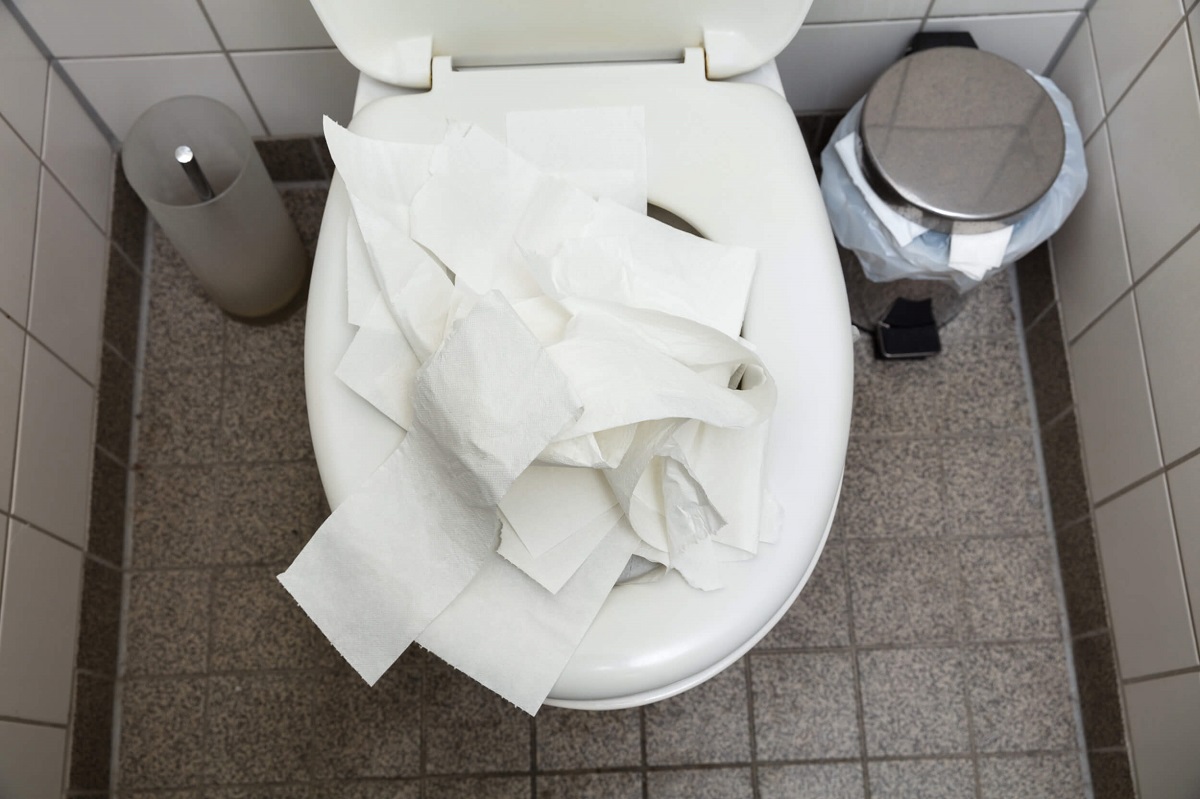


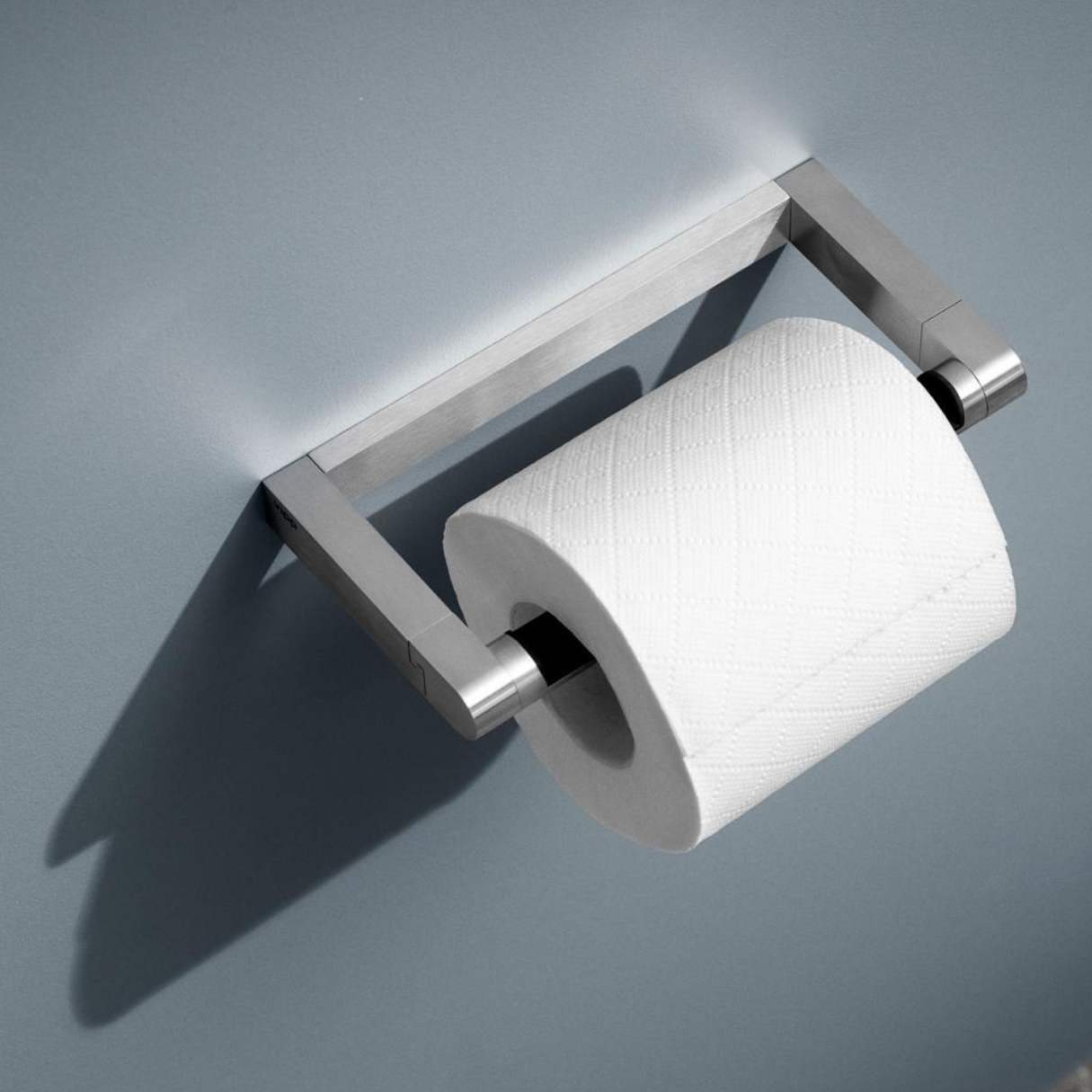
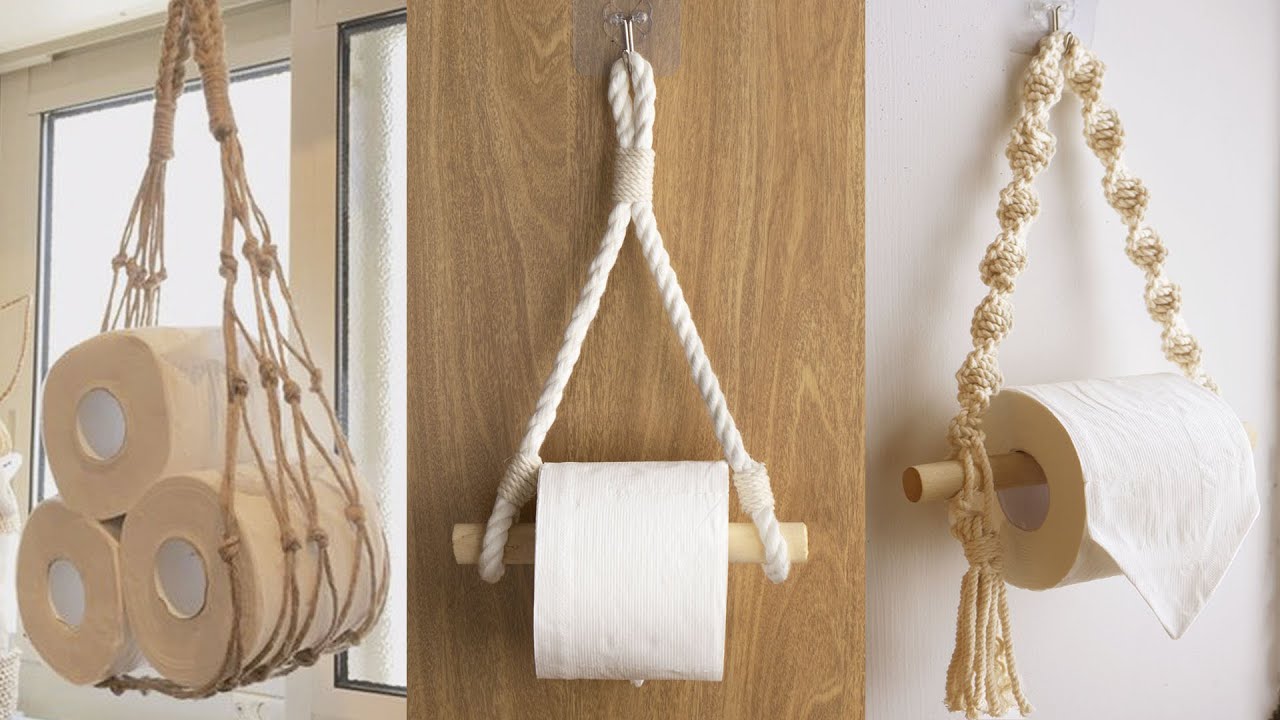
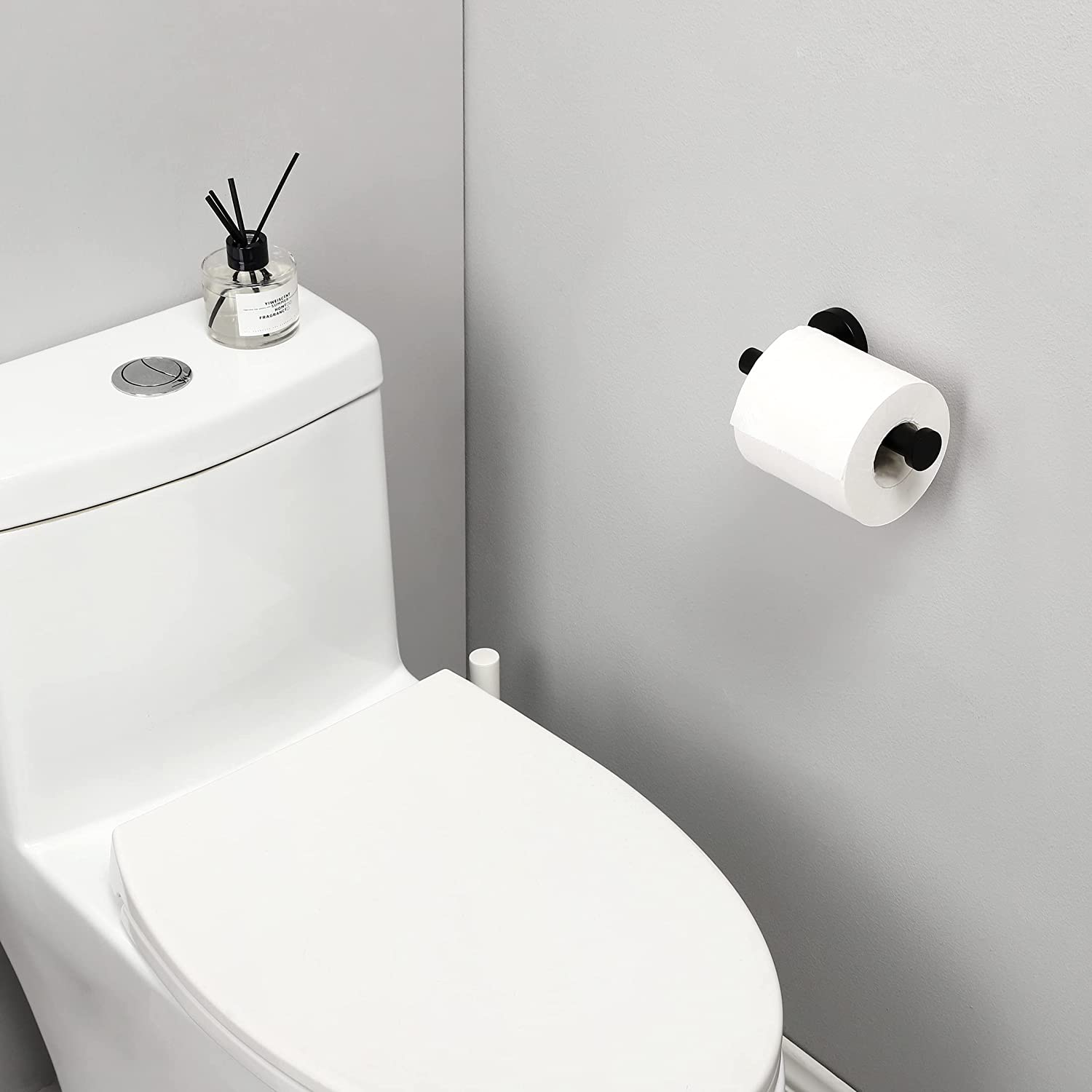
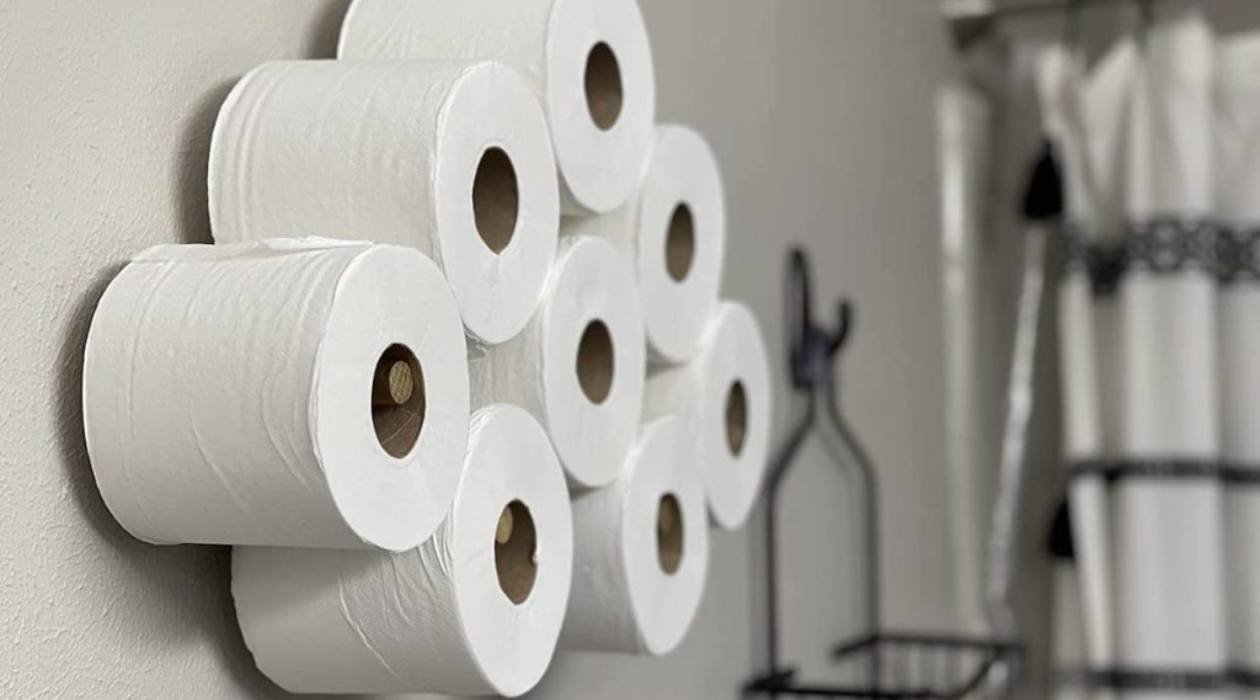

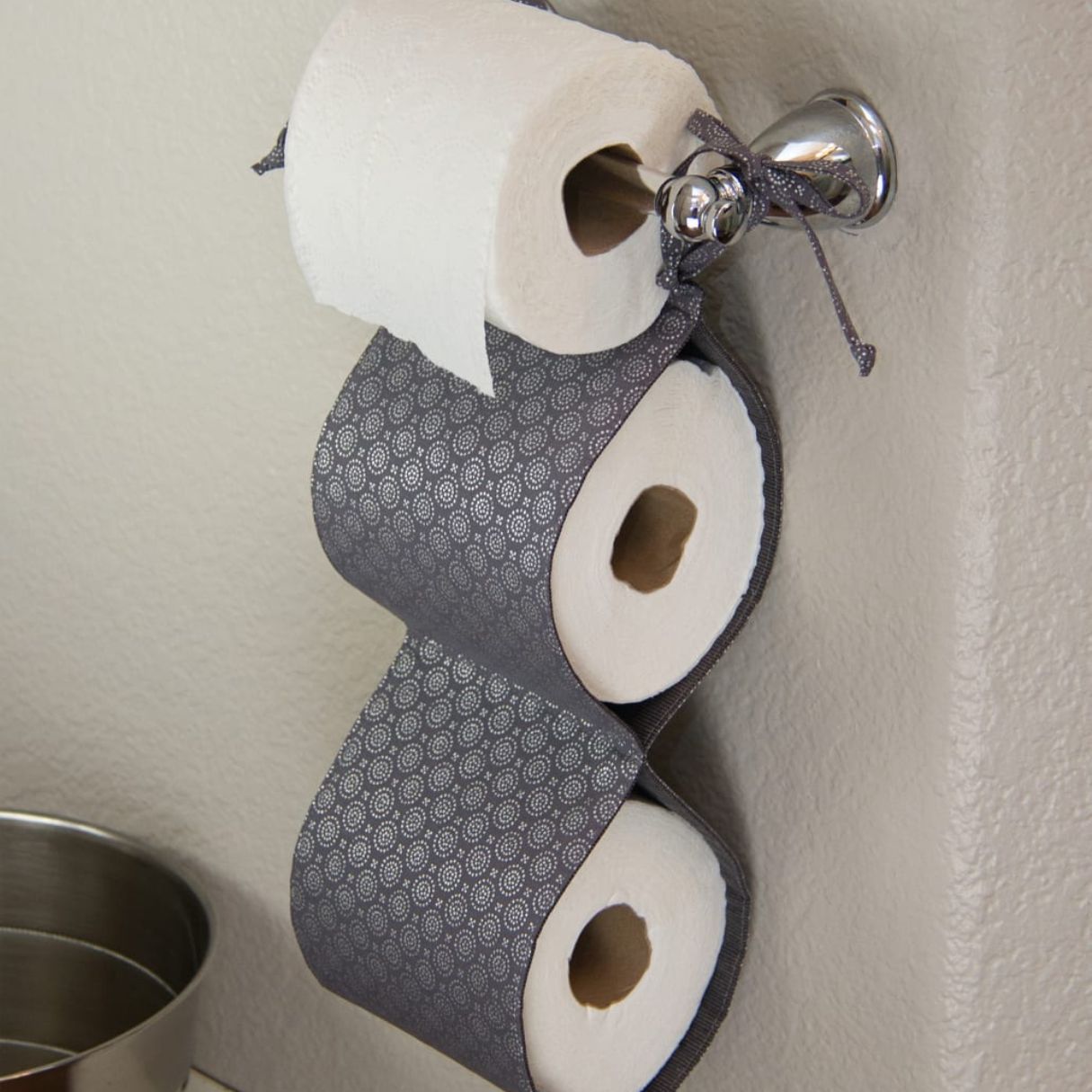
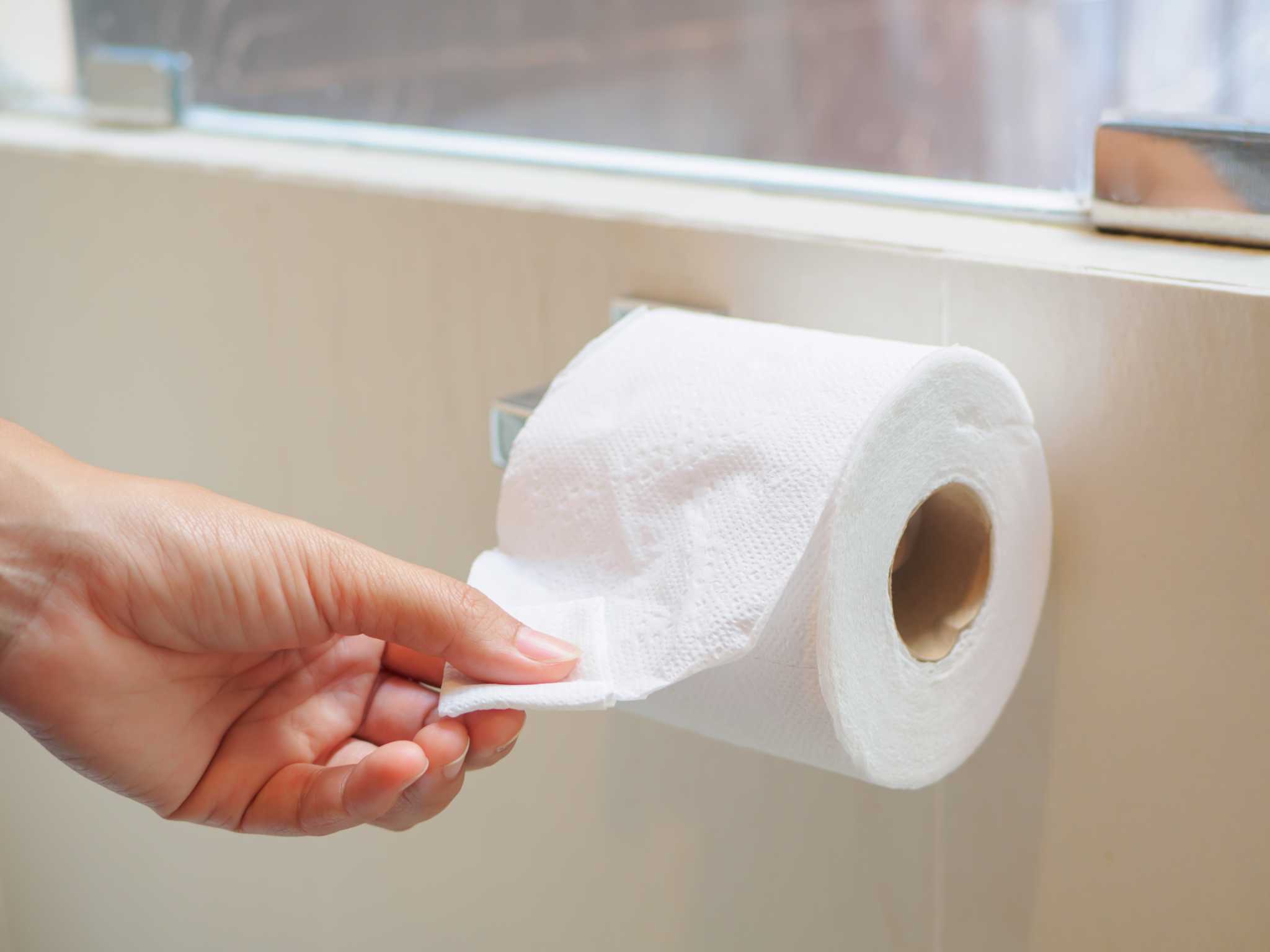
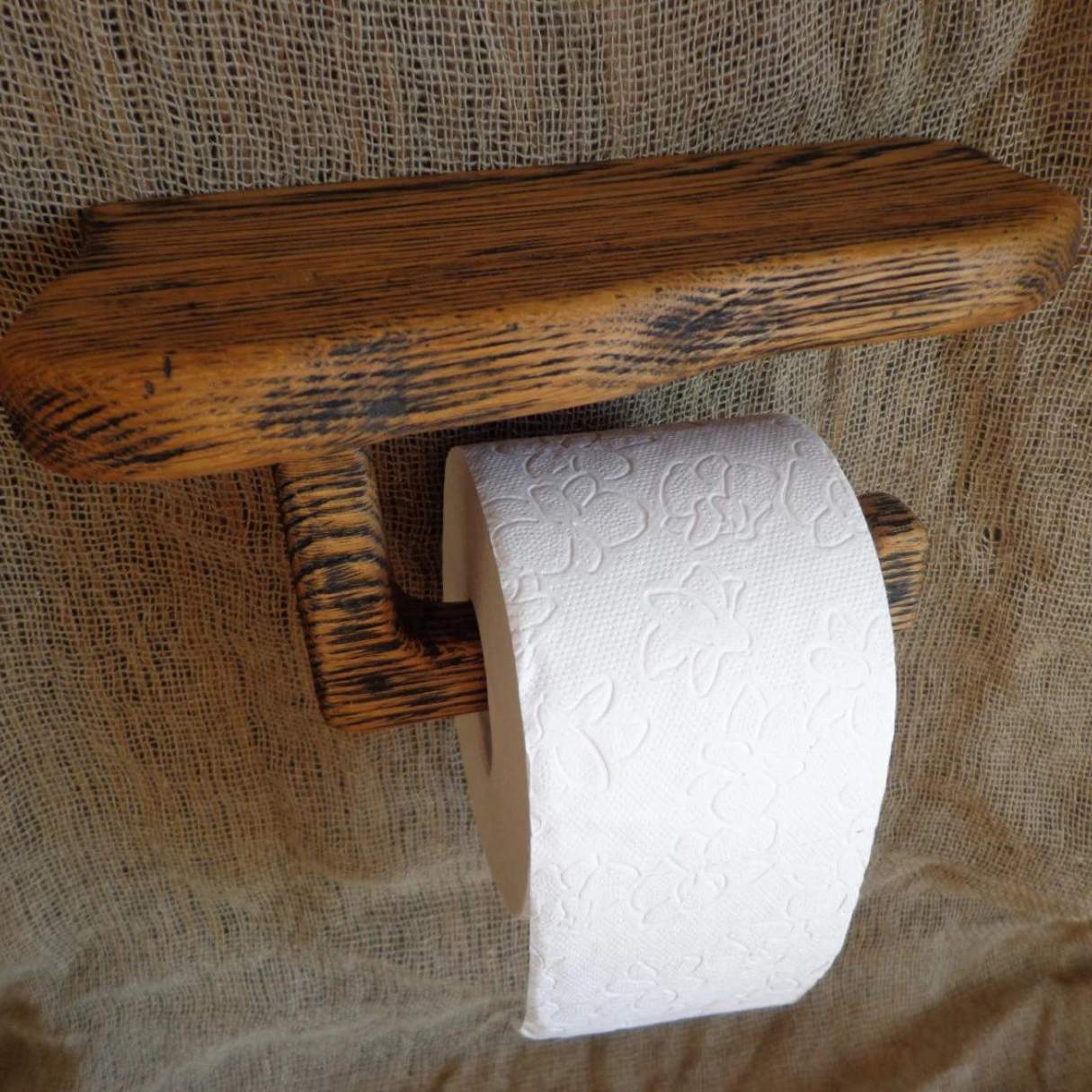
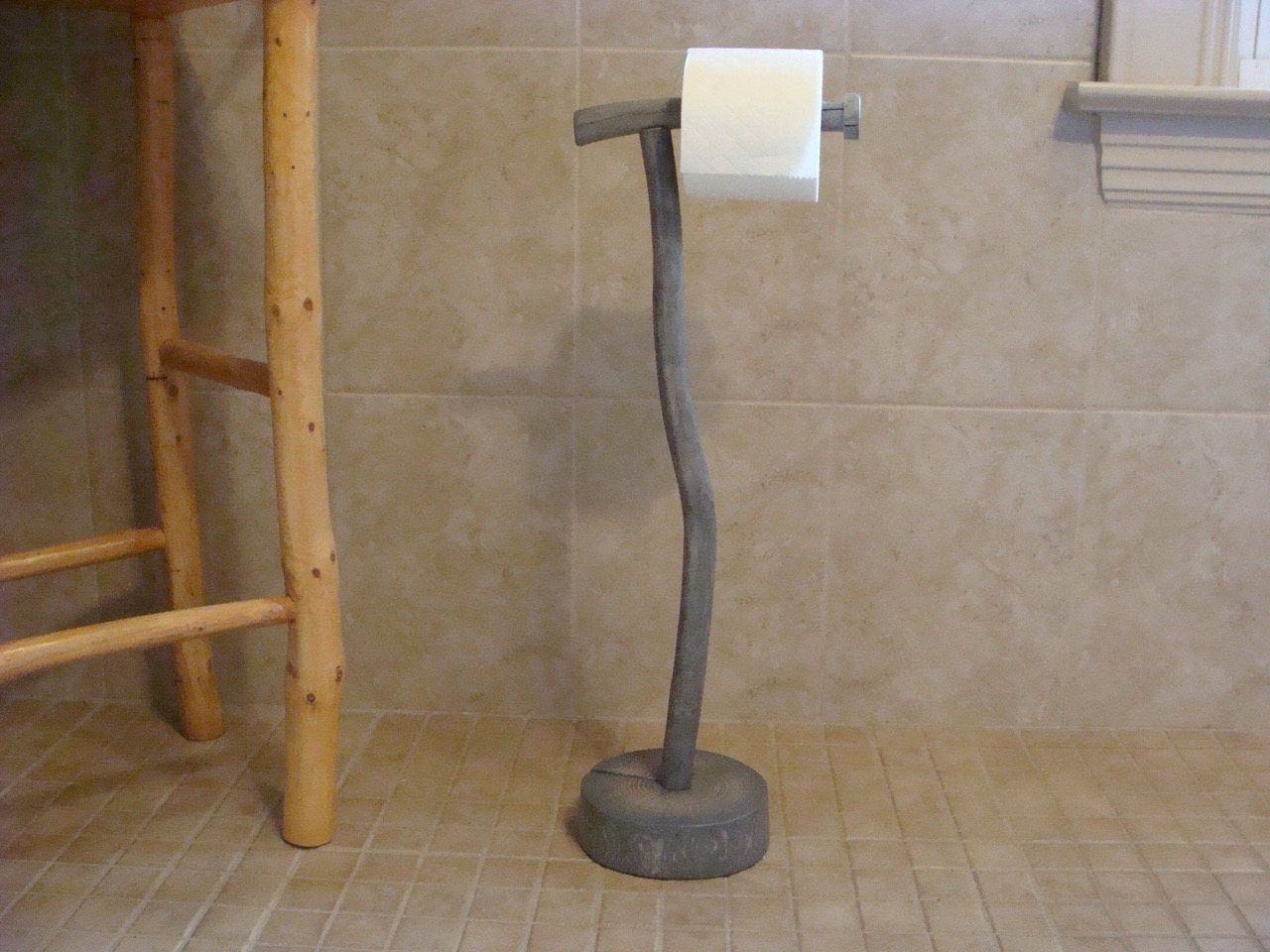
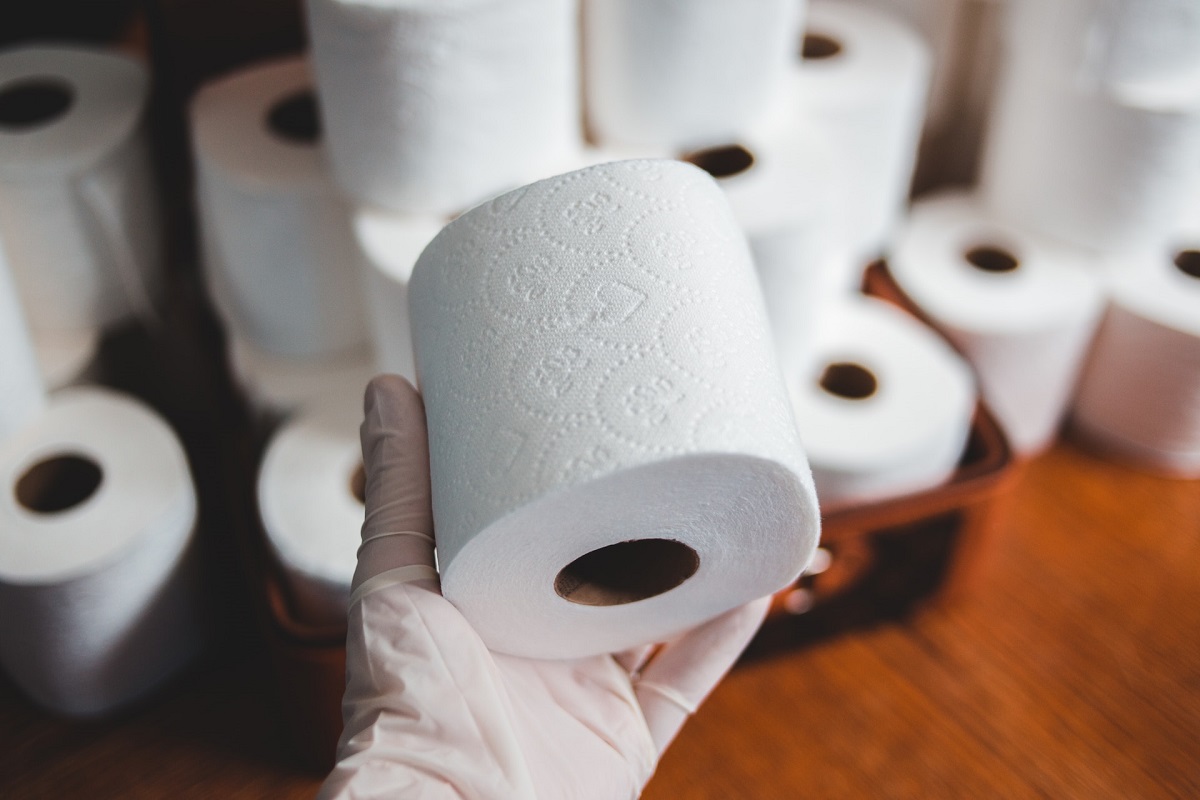
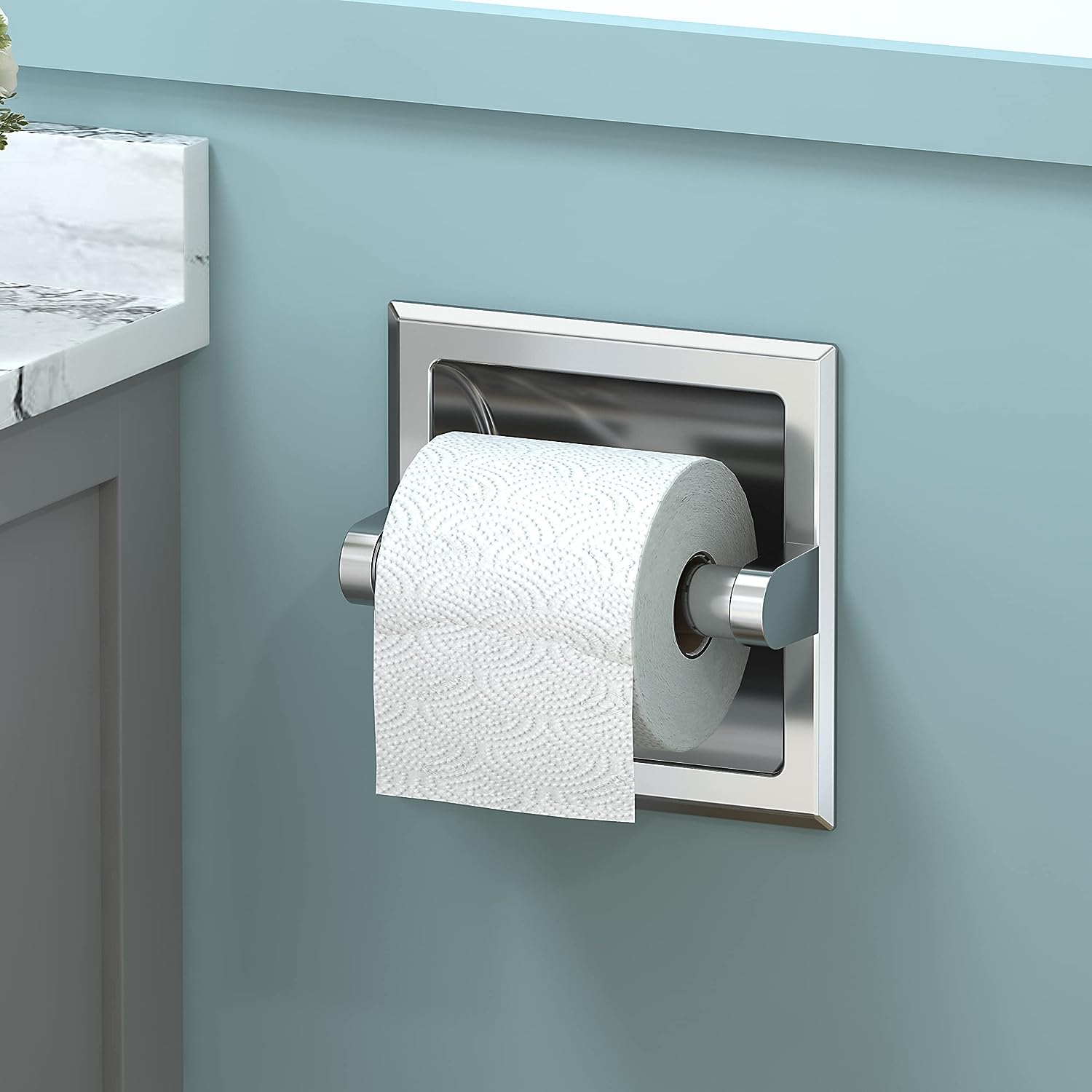

0 thoughts on “How Is Toilet Paper Made”